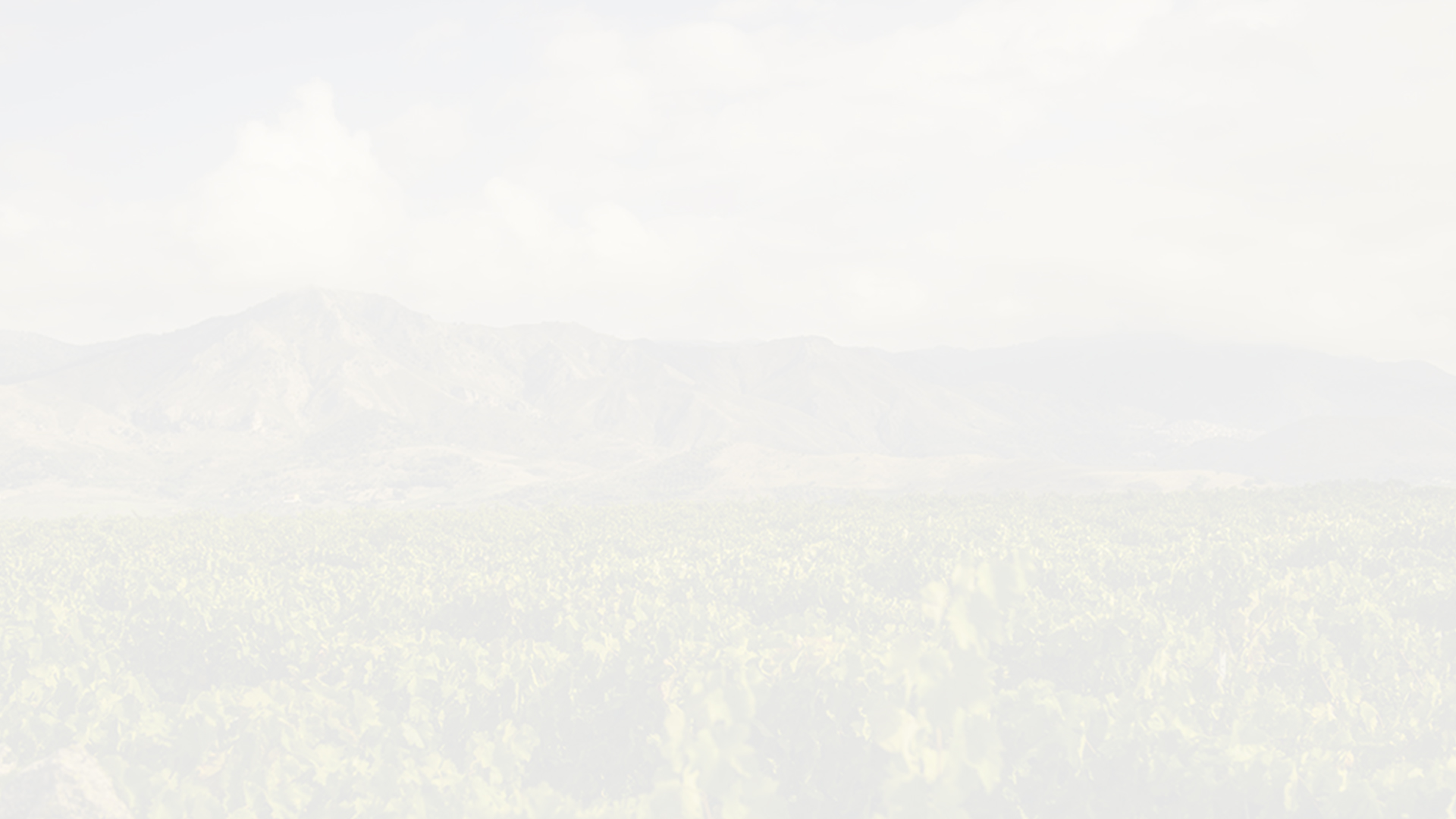The land we cultivate here has a unique and extraordinary geological history: its characteristics are the result of centuries of volcanic eruptions.
To fully appreciate the morphological complexity of this landscape, one has only to think that Mount Etna formed over half a million years ago. Each “sciara” (a word derived from the Arabic), in other words, each lavaflow which has cooled and solidified on the mountain’s slopes, has been shaped and transformed by the passage of time and by human activity, rendering Etna’s contrade, or districts, very diverse – as are the wines produced here.
And so, among lava, ashes and brooms, each district has its own character, its own voice: engraved in the terroir that covers it, and which Giuseppe returns in the wines.
San Lorenzo
Set just outside Randazzo, on the lower slopes of the volcano, 700 to 800 metres above sea level, the contrada owes its name to the cult of St Lawrence – introduced to the area by an Aragonese nobleman.
This area of land features three distinct geological formations: the most extensive of these is very ancient, dating back at least 15,000 years (to the period in which the Elliptical Crater was formed).
Thanks to the singularity of this terroir, the wine produced here is austere and tenacious, like the volcano itself – tempered by fire and time.
A wine which asserts itself, because it is both opulent and delicate, with red-fruit aromas, herbal notes, and thick silky tannins. An elegant and complex wine, expressing not just Etna’s soil but also the very breath of the volcano.
San Lorenzo, Piano delle Colombe
The soil here is unique in character because it is calcium rich and subalkaline. This piece of land has been traversed by lava flows more recently than other parts of the same contrada, which has rendered the terrain more complex: it is porous and thickly packed with volcanic pebbles, from which outcrops of the motherlode emerge– the deepest layer of rock, which formed following the most violent of Etna’s explosive (Plinian) Holocene-period eruptions, in 122 B.C..
Giuseppe’s father Girolamo gave the vineyard its name (“The Plain of the Doves”) because the birds used to peck at the tastiest grapes here. And indeed, in addition to the other characteristics typical of San Lorenzo, the wine produced here is notable for the elegance, style and gracewith which it caresses the senses.
Feudo
The land of this contrada was already being farmed at the time of the ancient Greeks (who lived in the settlement which would eventually become the modern-day town of Randazzo). The Greeks themselves planted vines here.
The terrain is very ancient, dating back at least 15,000 years (to the period in which the Elliptical Crater was formed).
The soil is deep and generous, and the area enjoys a microclimate created by the winds blowing in from the Val Dèmone (according to legend, inhabited by demons – because the volcano was the considered the door to the underworld).
The wine produced here is supple, smooth and expressive. Its earthy aromas are reminiscent of roots and the subtle complexity of ancient loam.
Feudo di Mezzo
This estate, on the edge of the village of Passopisciaro, is comprised of two vineyards on land formed in the course of two different eruptions: the higher of the two areas, lying at approximately 670 metres above sea level, was covered by lava from an eruption 4,000 years ago; while the other area, at 630 metres above sea level, was formed by a more recent lava flow in 1696.
Despite the ‘youth’ of their land, both vineyards are characterized by an abundant presence of clay – testament to a significant amount of human activity and its decisive impact on the land.
The old bush-trained vines are carefully ‘nurtured’ to ensure their survival, and any plant that dies is replaced using the ancient technique of layering.
This is the wine which most powerfully expresses the volcanic nature of the terroir: it has ferrous/blood notes and an aromatic bouquet with pronounced hints of ash and smokiness.
It was the inebriating aroma of the fermenting Feudo di Mezzo must down in the cellar which filled the house in which Giuseppe grew up – an aroma that continues to trigger a rush of olfactory memories.
Calderara Sottana
Here the vineyards stretch across two different sections of rock. Even though they share the same geological origins, they evolved in different periods: the ‘younger’ of the two was formed by a lava flow 15,000 years ago; the more ancient section is 32,000 years old.
A new vineyard has been established here using a method which has permitted us to salvage and conserve the estate’s older vines.
Giuseppe has personally selected the best of the old vines from this vineyard and from other contrade, and has used DNA analysis to select the clones to be replanted. So the original plants live on, and the memory of this land lives on within them.
As a result, this is a wine with the mettle of that which has endured, but it is also soft and elegant in the mouth, with silky tannins and a fruity aroma.
